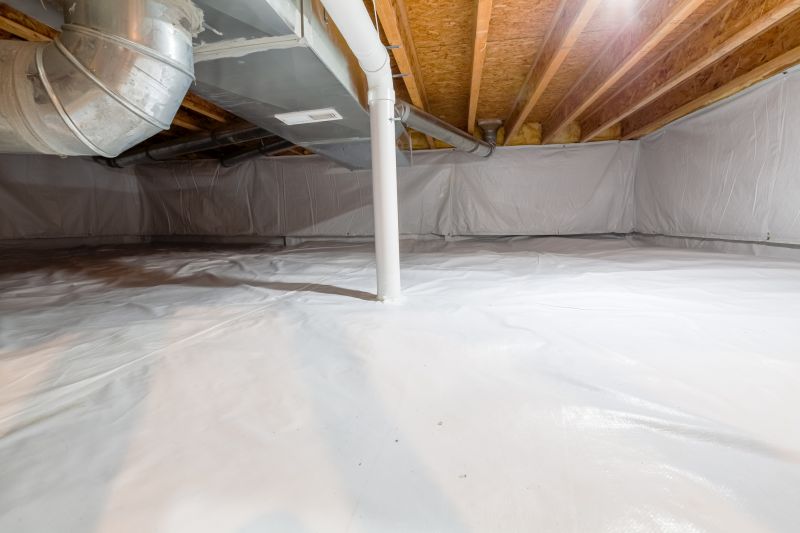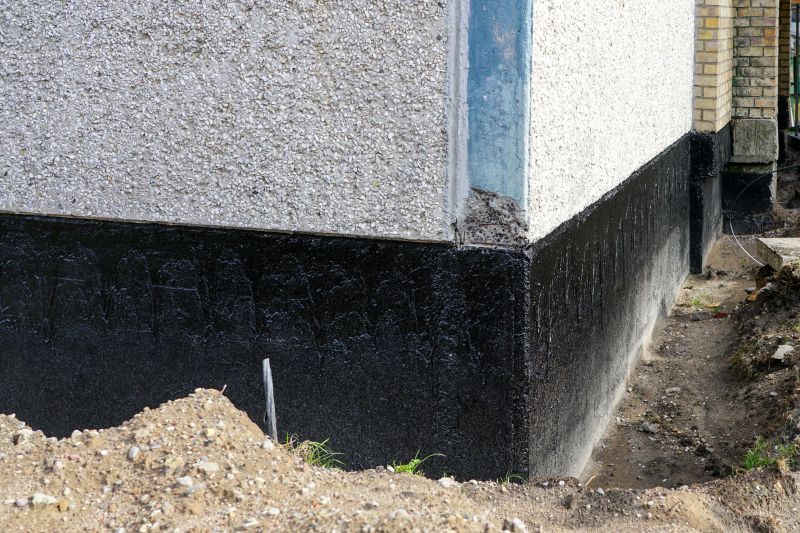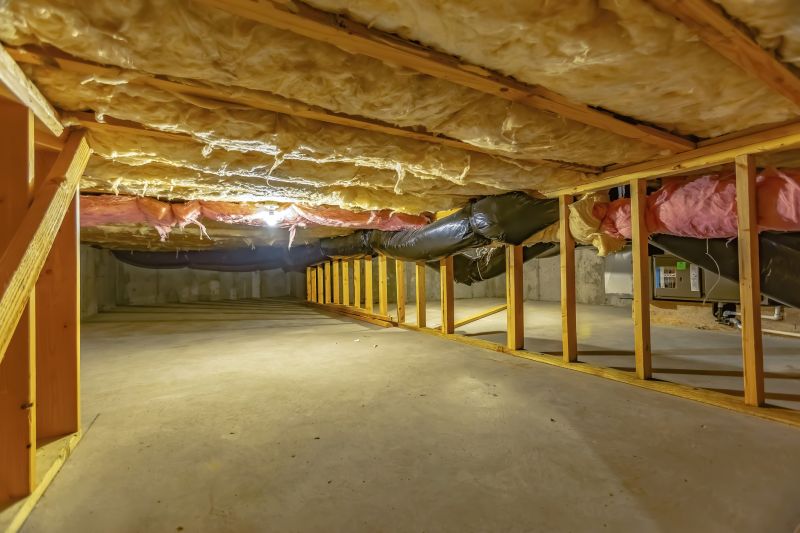Complete Crawlspace Encapsulation to Prevent Damage
Crawlspace encapsulation is a vital process that involves sealing and insulating the crawlspace area to prevent moisture intrusion, improve air quality, and enhance home energy efficiency. Properly encapsulated crawlspaces help maintain a healthier indoor environment and protect the structural integrity of the building.
Encapsulation prevents excess moisture from entering the crawlspace, reducing mold growth and wood rot that can compromise the foundation.
Reducing mold and dust mites in the crawlspace can lead to better indoor air quality and respiratory health.
Encapsulation safeguards the foundation and supports the longevity of the home by preventing moisture-related damage.

A fully sealed and insulated crawlspace showing durable vapor barriers and insulation.

Interior view of an encapsulated crawlspace with clean, dry surfaces.

Close-up of encapsulation materials protecting the foundation walls.

Insulated and sealed crawlspace ready for use.
Failure to encapsulate a crawlspace can lead to numerous issues including increased moisture levels, mold growth, pest infestations, and structural damage. Studies indicate that unsealed crawlspaces can contribute to indoor humidity levels exceeding recommended standards, which may cause health problems and higher energy bills. Conversely, properly encapsulated crawlspaces can significantly reduce these risks, improve indoor air quality, and enhance the durability of the home.
| Benefits of Crawlspace Encapsulation | Risks of Not Encapsulating |
|---|---|
| Reduces mold growth | Increases likelihood of mold and mildew |
| Improves indoor air quality | Elevates indoor humidity levels |
| Prevents wood rot and foundation damage | Leads to structural deterioration |
| Enhances energy efficiency | Results in higher heating and cooling costs |
| Protects against pest infestations | Encourages pest and rodent entry |
| Maintains a healthier living environment | Contributes to respiratory issues |





